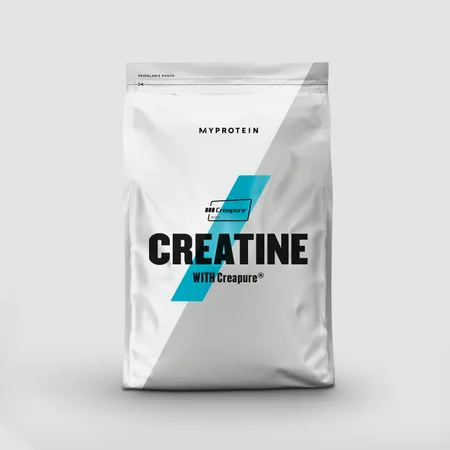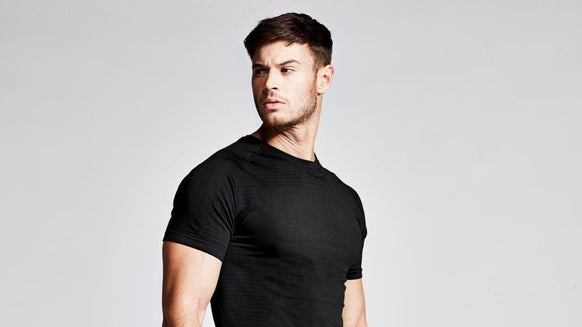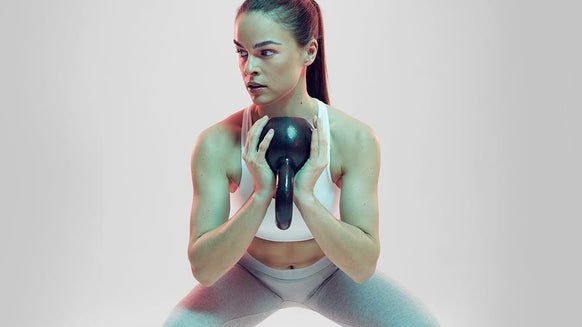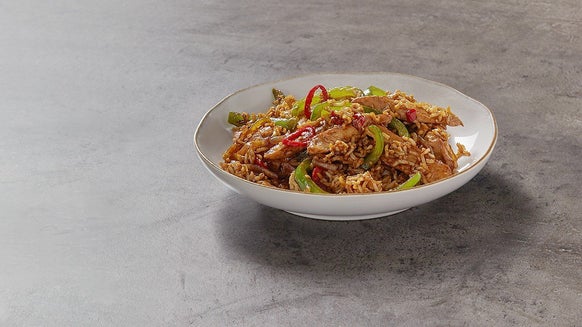
The days of the “bro split” are numbered. There's a new workout split on the block: push, pull, legs. If any of these words have left you feeling bamboozled, fear not. PT Chris Broomhead is here to break it down in this instalment of Masterclass.
The “bro split” is a five-day plan where you train a different body part each day. The push, pull, legs split is a three-day split. One day you complete “push” movements, the next “pull” movements, and then the day after that focuses on legs.
The push, pull, legs split has grown in popularity with gym-goers because it means you can increase the frequency you train each body part.
Let’s say you follow a typical bro split and go to the gym six times a week: arms, back, shoulders, chest, legs and then maybe repeat a body part. Over the length of a year, you’ll train each body part 52 times.
On a push, pull, legs split where you go to the gym six times a week, you’ll be able to complete two push, two pull and two leg days a week. So on this split you’ll be able to train each muscle 104 times a year, basically doubling your training.
Push
Muscles worked: chest, shoulders, and triceps.
The benefit of following a push, pull, legs split is that you can often target your chest, shoulders, and triceps all at once by doing compound movements. And then you can also combine some isolation exercises to target individual muscle groups.
Setup
Let's think about this logically. If you were to do a bro split you might do five chest exercises on a Monday. On a push, pull, legs split you can move two of these to Thursday. So on Monday you’ll complete a push day with three chest exercises, and then on Thursday you’ll complete another push day with the remaining two exercises.
This is actually more beneficial anyway, because fatigue affects performance towards the end of your workout, generally setting in after three exercises. So those final two exercises on the bro split chest day wouldn’t be completed optimally anyway.
Additionally, while recovery is important, each muscle group doesn’t need seven days to recover. Three to four days between workouts should be plenty of time.
A push day workout
Begin with a flat pressing exercise like a bench press. Then add an incline pressing exercise like a dumbbell press. Next, include a side lateral raise to focus on the deltoids (so the chest and shoulders can rest).
After this is a great time to incorporate a shoulder press, as your shoulders should have had time to rest. For the last two exercises, focus on a dip (to target all the muscles at once) and then a triceps extension (to isolate the triceps).
While this is a relatively simple workout, you’ll still be hitting each muscle with almost every exercise.
Pull
Muscles worked: back (lats and traps), biceps and forearms.
A pull day is slightly more complicated than a pull day, mostly because there’s a lot of movement patterns to cover. It can also be harder to target the muscles you want — particularly your lats.
If you’re struggling to feel the movement in the muscles you’re trying to target, record your workout so you can study your form later. And if it continues to be an issue, you could hire a professional so they can advise you on form and setup.
Why weight is important
The weight you select for any exercise is always important. To build muscle, you should be challenging yourself and looking to focus on progressive overload. However, on a pull day in particular, people often choose a weight that’s far too heavy for the movement. Don’t waste energy “swinging” the weight — slow, controlled movements are far more beneficial for progress, make you less fatigued and reduce the risk of injury.
Take home message
By adopting a push, pull legs split you can effectively double your training volume while still giving each muscle group adequate time for recovery. Sometimes it’s better to work smarter, not harder.
For more professional advice, check out the Myprotein YouTube channel.
READ MORE HERE:











